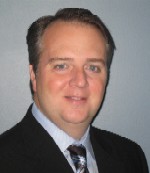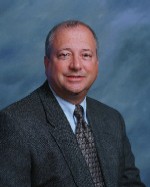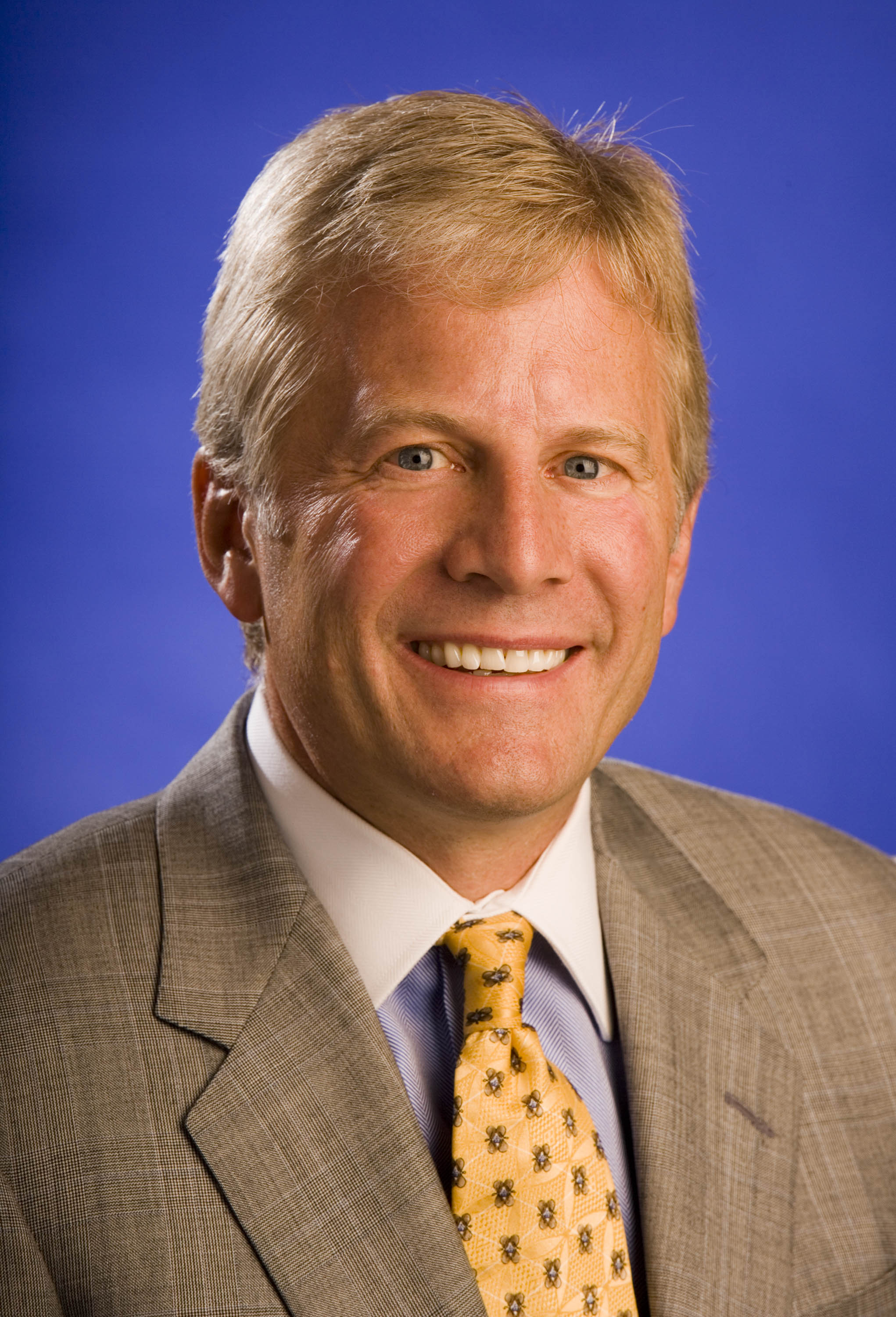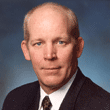In the trade press, we often say that we have a “30,000 foot view” of the aftermarket, a view that many others do not get to have. From our vantage point, we get perspectives on all segments of the industry. When interviewing industry executives, we like to ask a common question about where they see the industry headed in the next five to 10 years. For this week’s edition of “Ask the Industry,” we thought it would be interesting to put side by side several of the responses to that question and see what commonalities and what differences there are in their predictions.
On the next five years in the North American aftermarket —
Benny Araujo, Marketing Manager for Four Seasons (not pictured):
“There are so many changes and technologies that are coming into play that make [thinking ahead] that far a hazardous prediction at best. However, we see the role of the Internet and web-delivered services as a major factor in the future.”
 Bill Thompson, President of IMR:
Bill Thompson, President of IMR:
“With the aging vehicle population, I think the aftermarket will be a good place to be over the next five years. However, global sourcing will make the market for parts more competitive than it is already. Vehicle quality has had a direct affect on the mix of repairs that are occurring in the market, which bodes well for the maintenance and light repair item manufacturers in certain categories. The changing repair mix toward more maintenance and light repair items not only effects parts manufacturers but tool and equipment manufacturers as well. I think one of the more interesting things to watch over the next five years or so is how the demographics of repair shops and the actual technicians change.”
On the biggest issues auto parts manufacturers will face in the next few years —
 Jay Pittas, President, Remy Electrical Aftermarket:
Jay Pittas, President, Remy Electrical Aftermarket:
“We certainly live in interesting times. There may be more consolidation and financial restructuring on the supply side of our business, but should be a reduced rate. There may be more consolidation on the demand side of our business, especially the competing and overlapping distribution channels for the aftermarket.
“The battle between OE form, fit and function vs. SKU proliferation will continue to escalate. The economic and technical challenges for suppliers and distribution continue to create more problems for installers. The increased p rod ucts sourced overseas will certainly be a continuing trend, especially with the weak dollar, which creates even greater quality and compatibility issues. The technical challenges and demands for the mechanic continue to grow exponentially but the number of qualified technicians declines every year.
“The good news is the ever-increasing vehicle population within the aftermarket ‘sweet spot’ provides a great upside opportunity. Aftermarket suppliers will always be challenged to provide the right part, at the right place, at the right time and at a competitive price. The suppliers who can efficiently control the supply chain, provide high quality p rod uct and effective technical support will be the ultimate winners. We believe Remy is uniquely qualified to do just that.”
 Philip Martens, ArvinMeritor Senior Vice President, President, Light Vehicle Systems:
Philip Martens, ArvinMeritor Senior Vice President, President, Light Vehicle Systems:
“I think the number-one thing is constancy of purpose. There’s going to be so much change in terms of ownership structure and other factors, primarily amongst the U.S. suppliers, that those that remain focused on what they are doing are going to emerge in the best shape … Now, stability and constancy of purpose are the two critical success factors …
“Another point I see as critical for manufacturers going forward is having a diverse customer base. I’ve been with companies where you are aligned to a couple of OEMs too tightly, and it can really be a problem. So, I think having a good strategy to be aligned with European customers, Asian customers and North American customers is very important.
“The other thing is being diversified in the various regions and having a presence in the key growth regions that I alluded to earlier. You’ve got to be aligned in those growth regions and have a good, strong strategy for how you are going to support your customers in those regions.
“And finally, making sure that your manufacturing footprint is aligned into those low-cost regions is very important. One of the strengths of ArvinMeritor is that we have a very diverse customer base, we are targeting having a third of our business in each of the regions globally and we have a very good strategy moving forward. We just need to stick to it, keep the team in place and keep moving in that direction.”
On the future of programmed distribution –
 Larry Pavey, Senior Advisor, Federated Auto Parts:
Larry Pavey, Senior Advisor, Federated Auto Parts:
“As you look at the landscape today, it seems likely that at least two program groups will end up with one or two members and, along with the retailers, seem to have their long-term marketing strategies in place. At the same time, we have recently seen the largest member of one group branch out on their own and develop a new marketing program, reversing the trend of consolidation. There are some groups with multiple marketing ‘brands’ while others focus on limited market segments. There will likely be continued consolidation as distributors that are winning in their markets migrate to groups that offer the best programs for the future. However, there will always be geographic limitations and other factors that create opportunity.
“While the consolidation of groups is likely, it creates much more complexity and challenges the ability of a group to form meaningful partnerships that can be given proper support. Suppliers with strong brands have to decide where they can get support for their overall value equation versus just their parts. The ability for groups and suppliers to form long-term, stable, strategic partnerships becomes more and more valuable. There will likely always be a group or two that are largely made up of independent owners who have found ways to be successful and are looking for ways to fight national chains in their local markets. As long as groups like Federated provide the tools and programs for their members to compete with the retailers and large private-label suppliers, there will be a strong independent factor.”













